Dundee University principal Shane O’Neill has set out a fresh plan to recover from the institution’s £35 million deficit.
It sets out proposals to cuts 300 full-time equivalent roles – a significant reduction of the figure of over 600 announced in March.
Professor O’Neill faced stinging criticism for the original plan – from staff, politicians and government.
University bosses went back to the drawing board, and the latest proposals are the result of intense work over recent weeks.
The Courier’s political editor Alasdair Clark spoke with Shane O’Neill in his office just after the latest plan was revealed to staff.
This is the interview in full.
Q: Getting into the detail of what you’ve announced, you say that the public funding that you’ll need will be significant. Is there a figure on that at this stage?
A: “No, I can’t really give you that today. Alasdair.
“We’re working on those details as we move forward, but I guess we have been given the assurance that there is that willingness there to find that public support for us to take this alternative route forward.”
Q: On the voluntary severance scheme, will that open in the immediate future, or is that dependent on funding from the government or commercial loans?
A: “We are working on details to make sure that we’re securing the funds we need to launch that in a way that’s appropriate and respectful to any conditions of other funds that we have.
“We’re near the end of that process at the moment. So we’re very confident that we should be able to launch that. We’ll go through the formal approval processes.
“We’re hopeful to be able to do that next couple of weeks. If I were optimistic, the end of May, maybe early June.”
Q: One of the issues that has been raised is academics have slightly more generous voluntary severance terms than professional services staff. Is that likely to be the terms that are on offer?
A: “The terms that we’re hoping to put forward will be equal terms for all categories of staff.”
Q: You previously set out that there would be a higher proportion of professional services staff included in the original 632 figure, is it likely to be the same?
A: “Because this will be a voluntary severance scheme, we can’t control exactly how it might fall out.
“We will try to manage it as carefully as possible, so that we’re not seeing exits of staff from area that are already overstretched.”
Q: Are you confident the 300 figure can be achieved without having to move to compulsory redundancies?
“I’m reasonably confident that we’ll get close to it. We will then have to just wait and see how close we get to that figure of 300 or so, and then assess where we are after that.
“But at the moment, we’re not speaking at all about a compulsory process running alongside this. It’s just a straightforward voluntary severance scheme.
“We will need to get quite close to the 300 or else we will have to reconsider when we get to the end of the scheme, probably the other side of the summer.”
Q: Are you confident that this gets the university onto a more sustainable footing, or is this just what is politically acceptable?
A: “We’ve obviously had to engage with other stakeholders to find an alternative way forward, because what we put out originally wasn’t acceptable. It didn’t garner the kind of support, not least the financial support, that we needed to move forward. So we are taking this alternative route forward.
“We still have a clear idea of size and shape we are going to proceed with, the restructuring of our professional service and academic units, and we’re going to proceed with a lot of the other elements that were in the original recovery plan.
“We have to monitor carefully as we move forward whether or not other things have moved in our favor, whether its cost pressures have come down, or whether income has grown in ways we haven’t fully anticipated.
“And also keep working closely with the partners in SFC and government to make sure that we can secure that long term sustainability, which there’s no doubt in my mind that we will do with those partners.
“We do need to make sure that there are milestones where we will have the ability to possibly change tack if we need to for the sake of staying on the path to sustainability.”
Q: Previously, the chair of the court set out exactly where the university was in that without the liquidity support it received, it would have run out of money by June. Is it right to interpret this as a medium term plan?
A: “This won’t be the end of the story. I think if we can deliver this, it will put us on solid clear steps forward in the direction that we need to go.
“I think how the remainder of the journey to full financial health materialises will just depend on how each step goes and various different funding options and opportunities that might arise as a result of the work with the task force and other measures.”
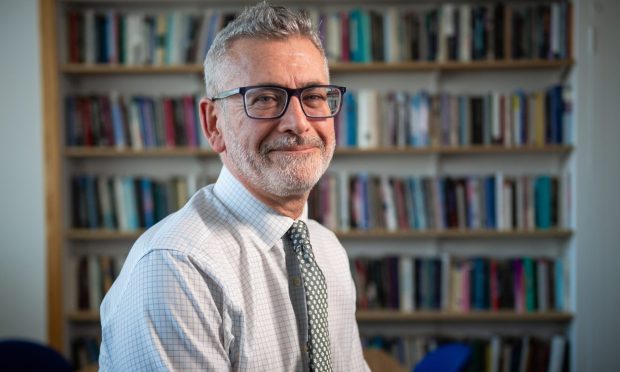
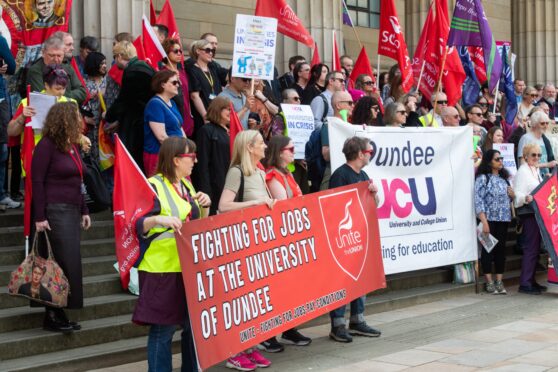
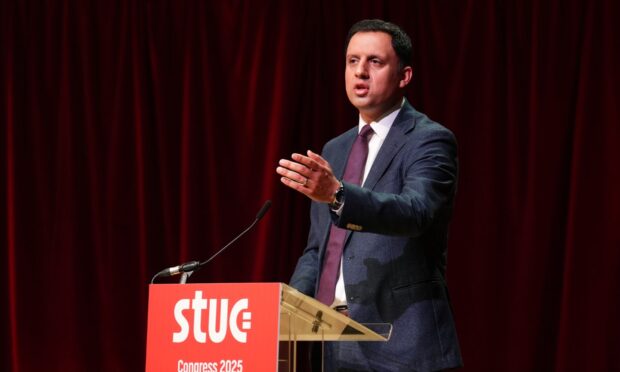
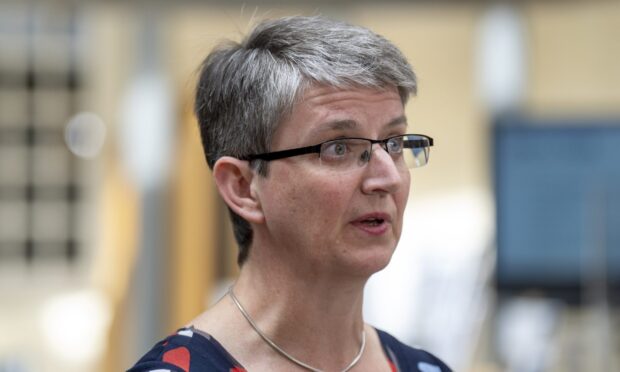
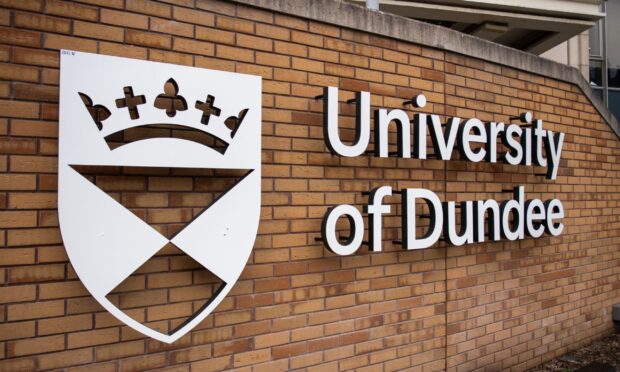
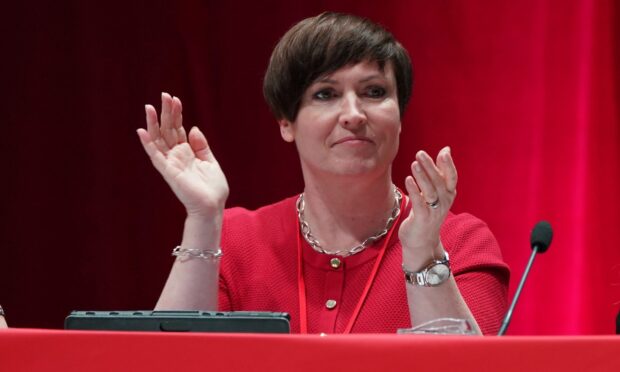

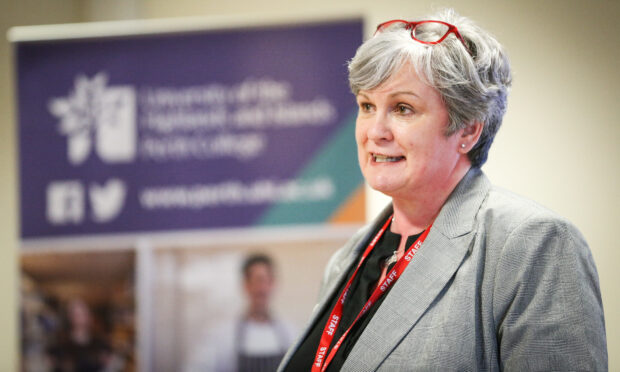
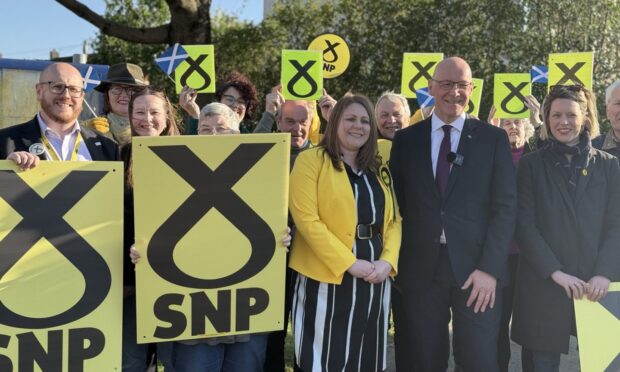
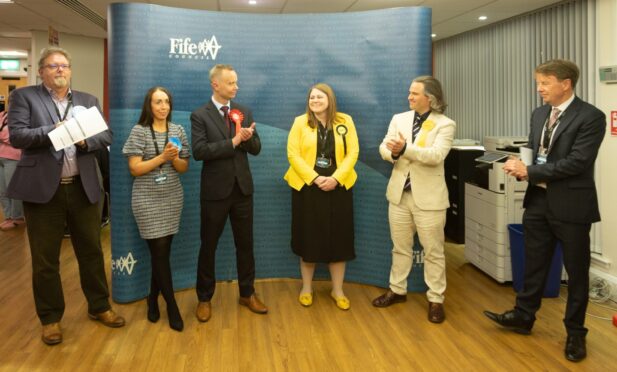
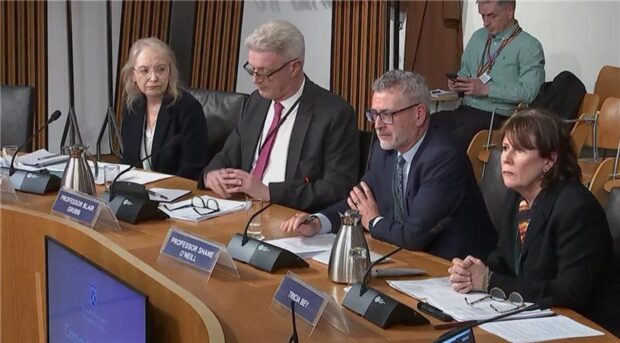
Conversation